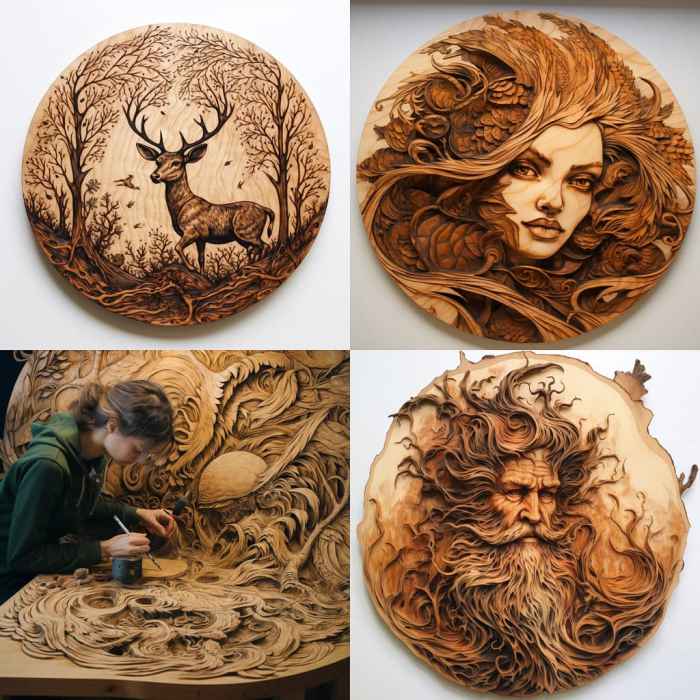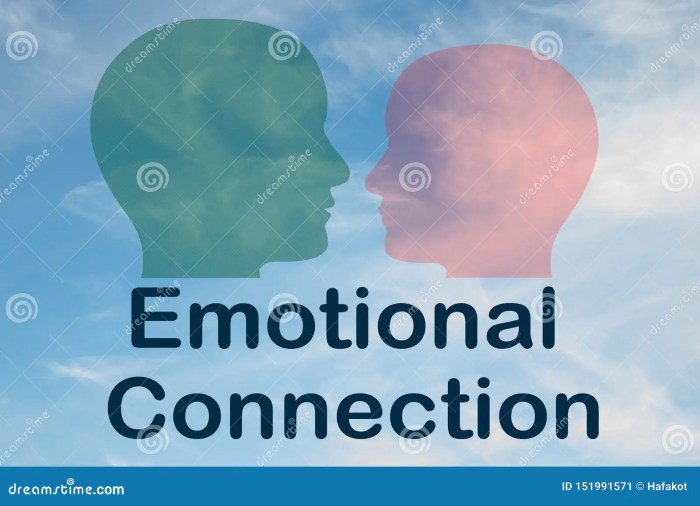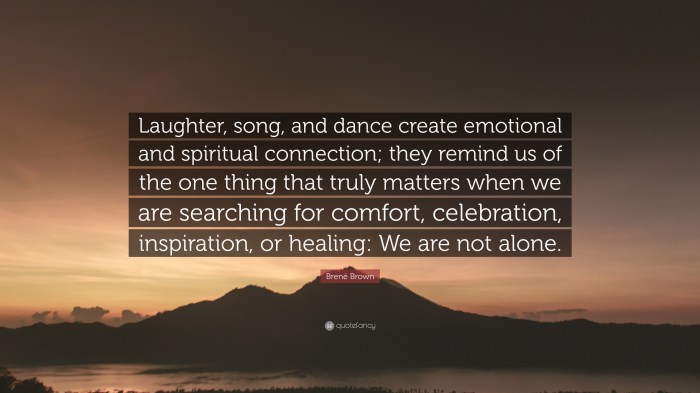Music profoundly shapes our emotional landscape, subtly influencing our perceptions and reactions. This exploration delves into the art of integrating music into design, revealing how carefully chosen soundscapes can enhance user experience and amplify the intended message. We’ll examine the interplay between musical elements—tempo, melody, harmony—and their capacity to evoke specific emotions, providing a practical framework for designers seeking to leverage the power of sonic branding.
From analyzing the emotional impact of different musical moods to offering concrete techniques for seamless integration, this guide equips you with the tools to create truly immersive and emotionally resonant designs. We’ll explore case studies showcasing successful applications, address common challenges, and offer solutions for optimizing the balance between auditory and visual elements, preventing sensory overload while maximizing emotional engagement.
Understanding the Emotional Impact of Music in Design

Music possesses a remarkable ability to evoke powerful emotions, making it a potent tool in design. By carefully selecting and integrating musical elements, designers can profoundly influence the user experience, shaping perceptions and fostering deeper connections with their creations. This section explores how different musical components contribute to emotional impact and provides examples of its successful application across various design fields.
Musical Elements and Emotional Response
Tempo, melody, and harmony are fundamental musical elements that significantly impact emotional responses. Fast tempos, typically associated with upbeat melodies and major harmonies, often generate feelings of excitement, energy, and happiness. Conversely, slow tempos, melancholic melodies, and minor harmonies tend to evoke sadness, calmness, or even suspense. The interplay of these elements creates a rich emotional landscape. For instance, a major chord progression with a fast tempo might be used in an advertisement for a sports drink to convey energy and enthusiasm, while a minor key melody with a slow tempo might accompany a scene of loss or reflection in a film.
Music in Design Contexts
The strategic use of music significantly enhances emotional experiences across various design contexts. In video games, music dynamically adapts to gameplay, intensifying suspense during crucial moments and celebrating victories with triumphant scores. Consider the iconic soundtracks of games like “Journey” or “The Last of Us,” which profoundly contribute to their narrative impact and emotional resonance. Advertising frequently employs music to create memorable associations with products or brands. A catchy jingle with a positive melody can quickly imprint a brand in the consumer’s mind, linking it with feelings of happiness and optimism. Film scores are masters of emotional manipulation, using music to underscore dramatic tension, amplify emotional moments, and even subtly guide the audience’s interpretation of scenes. The soaring scores of epic films like “Lord of the Rings” or the subtle, haunting melodies of character-driven dramas like “Call Me By Your Name” are prime examples.
Musical Mood and Visual Design Aesthetics
Musical mood, the overall emotional character of a piece of music, is inextricably linked to visual design aesthetics. A harmonious blend of musical mood and visual style can create a cohesive and emotionally resonant experience. Consider the following examples:
| Mood | Visual Style | Color Palette | Typography |
|---|---|---|---|
| Happy | Bright, playful, and whimsical | Pastel shades, bright yellows, and oranges | Rounded fonts, playful scripts |
| Sad | Dark, muted, and melancholic | Desaturated blues, grays, and browns | Serif fonts, elegant scripts |
| Suspenseful | Dark, mysterious, and dramatic | Deep blues, blacks, and purples | Bold, sharp sans-serif fonts |
| Calm | Minimalist, clean, and serene | Light blues, greens, and whites | Clean sans-serif fonts, light weights |
Practical Techniques for Integrating Music and Design

Successfully integrating music into a design project requires a thoughtful and strategic approach. It’s not simply about adding background noise; it’s about crafting an auditory experience that enhances and complements the visual narrative, creating a cohesive and emotionally resonant whole. The following techniques provide a framework for achieving this synergy.
Choosing the right music is crucial for establishing the desired mood and atmosphere. A poorly selected soundtrack can clash with the visual elements, creating dissonance and distracting the user. Conversely, a well-chosen track can subtly guide the user’s emotional response, reinforcing the message and enhancing engagement.
A Step-by-Step Process for Music Selection
This process Artikels a methodical approach to selecting music that aligns perfectly with the design project’s goals. First, define the project’s core message and desired emotional tone. Is it meant to be uplifting, calming, exciting, or reflective? Next, create a mood board – a visual representation of the project’s aesthetic and atmosphere – incorporating colors, imagery, and s that reflect the overall feel. This will serve as a reference point during the music selection process. Then, research and compile a selection of music tracks that align with the mood board. Explore various genres and styles, focusing on the tempo, instrumentation, and overall emotional impact of each piece. Finally, test the selected tracks within the design context, observing how they interact with the visual elements and overall user experience. Iterate and refine your selection until you find the perfect fit.
A Hypothetical Scenario: Enhancing User Experience with Music
Imagine a website for a luxury watch brand. The design is minimalist and elegant, featuring high-quality images of the watches. To enhance the user experience, a subtle, ambient soundtrack could be incorporated. The music would feature gentle piano melodies and perhaps some strings, creating a sophisticated and calming atmosphere that aligns with the brand’s image. The tempo would be slow and relaxed, encouraging users to browse the site leisurely and appreciate the details of the watches. This contrasts sharply with a fast-paced, high-energy soundtrack which would be inappropriate for the brand’s image and would likely detract from the user’s experience. The rationale is to create an immersive experience that aligns with the brand’s identity, fostering a sense of luxury and exclusivity. The music shouldn’t overpower the visual elements but rather subtly complement them, enhancing the overall sense of refinement.
Practical Tips for Balancing Music Volume and Visual Elements
Proper volume control is paramount to avoid sensory overload or distraction. Poorly balanced audio can disrupt the user experience, detracting from the visual elements and undermining the overall message.
Here are some practical tips to ensure optimal balance:
- Keep the music volume low and unobtrusive. It should act as a subtle background element, not a dominant force.
- Use a dynamic range compressor to control volume fluctuations and prevent sudden loud or quiet passages that might startle or distract the user.
- Consider the context. If the design involves a lot of visual movement or animation, the music might need to be quieter to avoid overwhelming the senses.
- Test the design with different volume levels and gather feedback to determine the optimal balance.
- Ensure the music seamlessly fades in and out to prevent abrupt transitions that could disrupt the user experience.
Case Studies and Advanced Applications

Let’s delve into real-world examples showcasing the power of music in design, exploring how it tackles specific challenges and enhances user experiences across diverse platforms. We’ll also examine advanced applications, focusing on guiding user attention and crafting compelling narratives.
Analyzing successful implementations provides invaluable insights into effective music integration strategies. By examining contrasting approaches, we can identify best practices and understand the nuances of applying music in different contexts.
Comparative Analysis: Website vs. Mobile App Music Integration
Consider a website for a high-end jewelry brand and a mobile game app. The website, aiming for an atmosphere of luxury and sophistication, might employ a gentle, ambient soundscape with classical undertones, subtly playing in the background without distracting from the visual presentation of the jewelry. This creates an elegant and immersive experience consistent with the brand’s image. The challenge lies in ensuring the music isn’t too intrusive or repetitive, maintaining a refined ambiance without becoming tiresome for prolonged browsing. A solution could involve dynamically adjusting the volume based on user interaction or implementing a pause/play feature.
In contrast, the mobile game app might use a more dynamic and interactive soundtrack. The music could change tempo and intensity depending on the level of gameplay, providing feedback and enhancing the excitement and engagement. The challenge here involves creating a score that complements the gameplay without being overwhelming or distracting. Careful consideration of sound design, including the use of sound effects, is crucial to ensure a seamless and enjoyable user experience. The solution could involve using adaptive music algorithms that respond to player actions and in-game events.
Guiding User Attention and Narrative Through Music
Music acts as a powerful tool to direct user attention and shape their experience. Imagine a tutorial video for a complex software application. The music could start with a calm, introductory melody to ease the user in. As the tutorial progresses into more complex functionalities, the music could subtly increase in intensity, mirroring the increasing complexity and helping to maintain user focus. Specific musical cues, like a short, high-pitched melody, could signal the introduction of a new feature or important step. This careful use of music creates a clear narrative arc, guiding the user through the tutorial and reinforcing key learning points. The conclusion might feature a triumphant or reassuring melody to signal successful completion.
Fictional Scenario: Music Solving a Design Problem
Let’s imagine a social media platform for amateur photographers struggling with low user engagement. The problem: users are uploading photos, but the lack of interaction and community feel is hindering growth. The solution: Implementing a dynamic music system tied to user activity. When a user uploads a photo, a short, positive jingle plays. If another user likes or comments on the photo, a more upbeat and celebratory melody plays. The more interaction a photo receives, the more vibrant and energetic the music becomes. This creates a positive feedback loop, encouraging users to engage with each other’s content and fostering a sense of community. The outcome: Increased user engagement, more interactions, and a more vibrant, positive online environment. The music subtly reinforces desired behaviors, transforming the platform from a passive photo-sharing site into a lively and interactive community.
Conclusion

Mastering the art of design with music transcends simply adding a soundtrack; it’s about crafting a holistic sensory experience that resonates deeply with the audience. By understanding the emotional power of music and employing the practical techniques Artikeld here, designers can elevate their projects from functional to unforgettable, forging a powerful connection with their users that transcends the purely visual. The careful consideration of musical mood, tempo, and harmony, alongside a thoughtful integration with visual design elements, allows for the creation of truly immersive and impactful experiences.